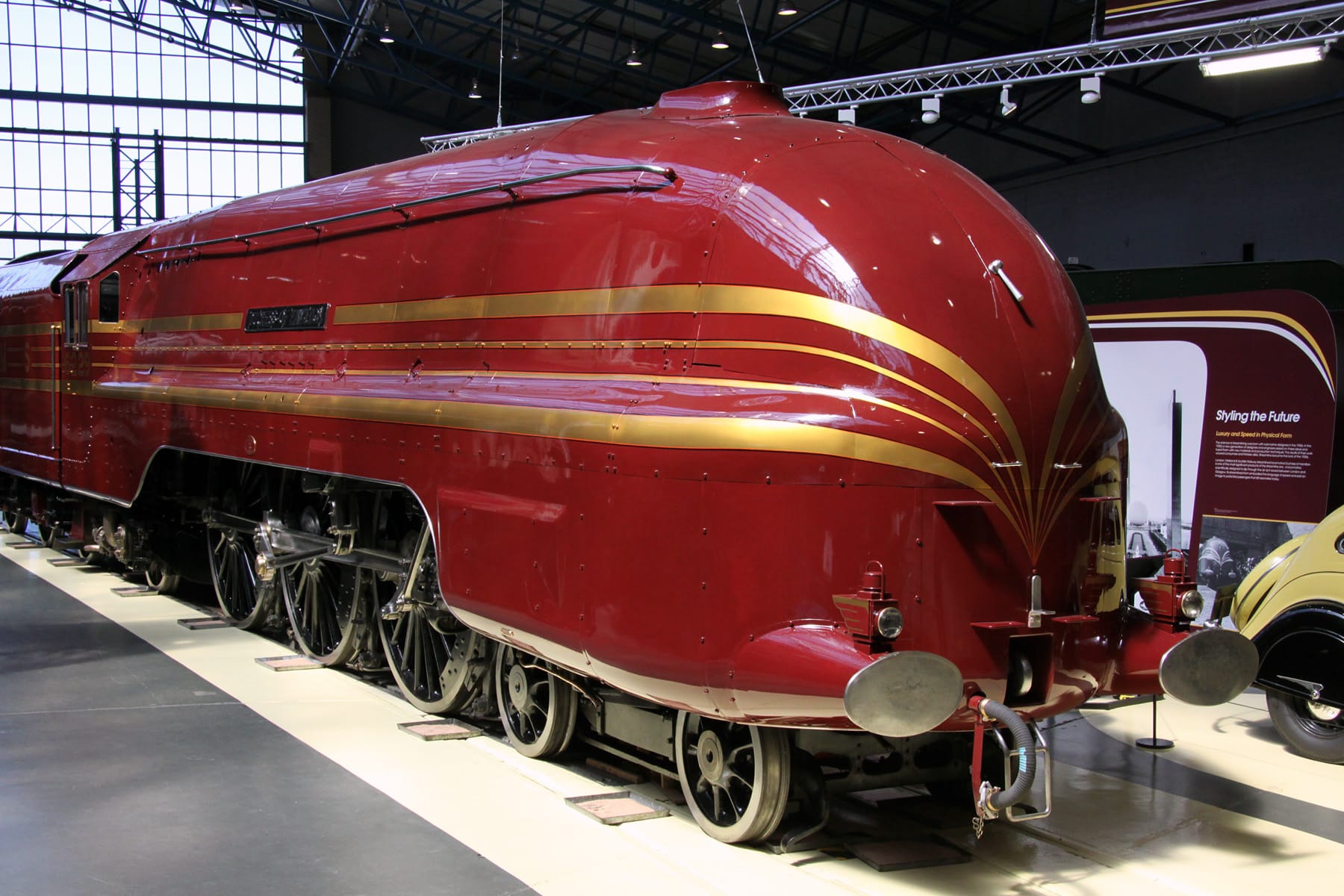
The Beer Heights Light Railway (BHLR) is a celebrated miniature railway nestled in the coastal village of Beer, Devon. It forms part of the Pecorama gardens and exhibition centre, owned by PECO, a renowned manufacturer of model railway equipment. The railway was officially opened to the public on 14 July 1975 by Reverend W.V. Awdry, the creator of the Thomas the Tank Engine stories.
Originally offering a short return ride from Much Natter Station via a balloon loop, the BHLR quickly gained popularity for its scenic location and high-quality presentation. Over the years, the railway was extended significantly, including the ambitious “Devil’s Gorge” section, which required extensive earthworks and a tunnel. The line now spans approximately 1 mile (1.6 km) of 7¼ inch gauge track, winding through formal gardens, woodland, and cliffside paths with panoramic views over Lyme Bay and the Jurassic Coast.
The railway’s layout is complex and includes multiple stations such as Much Natter, Deepwater Halt, and Wildway Down. A steeply graded branch line leads to the Beer Mine, adding operational interest and variety. The BHLR is known for its automatic fail-safe signalling system, which combines traditional semaphore and modern colour-light signals to ensure safe and smooth operations—even during peak times when up to four locomotives may be running simultaneously.
The BHLR’s locomotive fleet is diverse and impressive. It includes eight steam locomotives, two diesel engines, and one electric locomotive. Notable examples include:
These locomotives are built to narrow gauge principles and are maintained to a high standard, often appearing at special events like “Loco Week” and gala weekends. The railway also hosts visiting engines, such as Finn MacCool from Northern Ireland’s Belfast and County Down Miniature Railway Society.
Beyond the railway itself, Pecorama offers a rich visitor experience. Attractions include the restored Orion Pullman Car, once part of the Golden Arrow service from London Victoria, now used for cream teas and private events. The site also features model railway exhibitions, children’s play areas, and beautifully landscaped gardens that have evolved alongside the railway since its inception in the 1970s.
The BHLR stands out not only for its technical sophistication and scenic beauty but also for its role in celebrating British railway heritage in miniature form. It continues to attract enthusiasts, families, and tourists alike, offering a unique blend of nostalgia, craftsmanship, and coastal charm.
Sources:
This history was generated using AI based on publicly available sources.